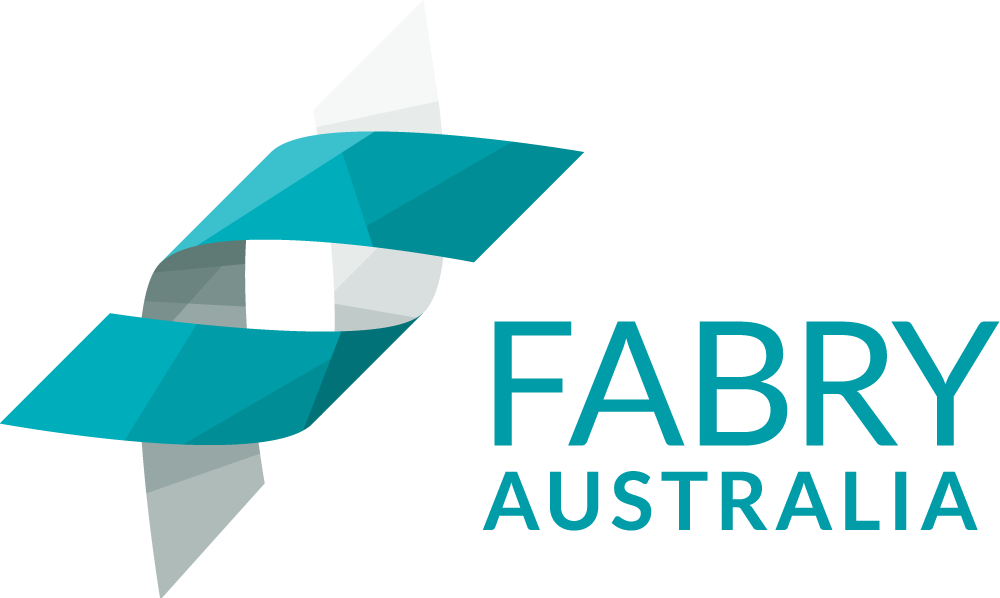Celebrating 30 years of Fabry Australia with ‘30 Fabry Stories, from the Australian Fabry Community.’
Jason Williams, 49, is an IT manager who lives on Queensland’s Gold Coast. He was diagnosed with Fabry in 2017 after a routine check-up with his GP.
“I’m always asking: “What’s the new treatment? Where’s the research going?”
 I was constantly thirsty. I just remember drinking water all the time. That didn’t seem right to me. I was thinking it might be diabetes, but tests showed kidney function was only at 30% capacity.
I was constantly thirsty. I just remember drinking water all the time. That didn’t seem right to me. I was thinking it might be diabetes, but tests showed kidney function was only at 30% capacity.
I spent days in hospital as the doctors were doing tests to try to figure out the problem. They did a biopsy and six weeks later, at Christmas time, I got the news that it was Fabry.
My doctor said: “Don’t panic, there’s a treatment.” That’s when my Fabry journey really began.
It clicked then that things I’d experienced in my life earlier were caused by Fabry and I never knew.
I’m pretty avid at researching things and studying them so I wanted to know everything I could about Fabry. The first thing I learned is that everyone is different and there are varying degrees of effects.
My doctor referred me to Fabry Australia and they had lots of information and someone to talk to.
It’s been a roller coaster ride the last seven years. I had a kidney transplant and went onto enzyme replacement therapy, but the last few years have been great. My pain is much better. I don’t have pain crises now which is a part of Fabry. Pain attacks used to knock me out for 2 days. And I sweat now, which means I have slightly more tolerance to heat.
I used to have fortnightly infusions at hospital, but then I found out a nurse could do home visits. I’d arrange them at work too, and the nurse would come to my office and plug me in, and I’d be able to keep working. Now I’m on the oral treatment which is even more convenient.
Meeting others with Fabry through Fabry Australia events and my role on the committee is fantastic, it helps to understand their experience.
Every time I visit my doctor I’m always asking: “What’s the new treatment? Where’s the research going?”
Having Fabry is about getting onto it early. I’m 49 and my doctors told me: “If we got you as a teenager you wouldn’t have many of these problems, your kidney and heart would be fine.” But that’s life.
My dream is that one day I will go onto a gene therapy trial where they change your genes to fix Fabry for good. I know the damage can’t be reversed, but we can stop it. Fabry may still occur because nature is random, but we can use innovations like CRISPR and mRNA genetic editing to change our future and stop it being passed on. And that’s exciting.
